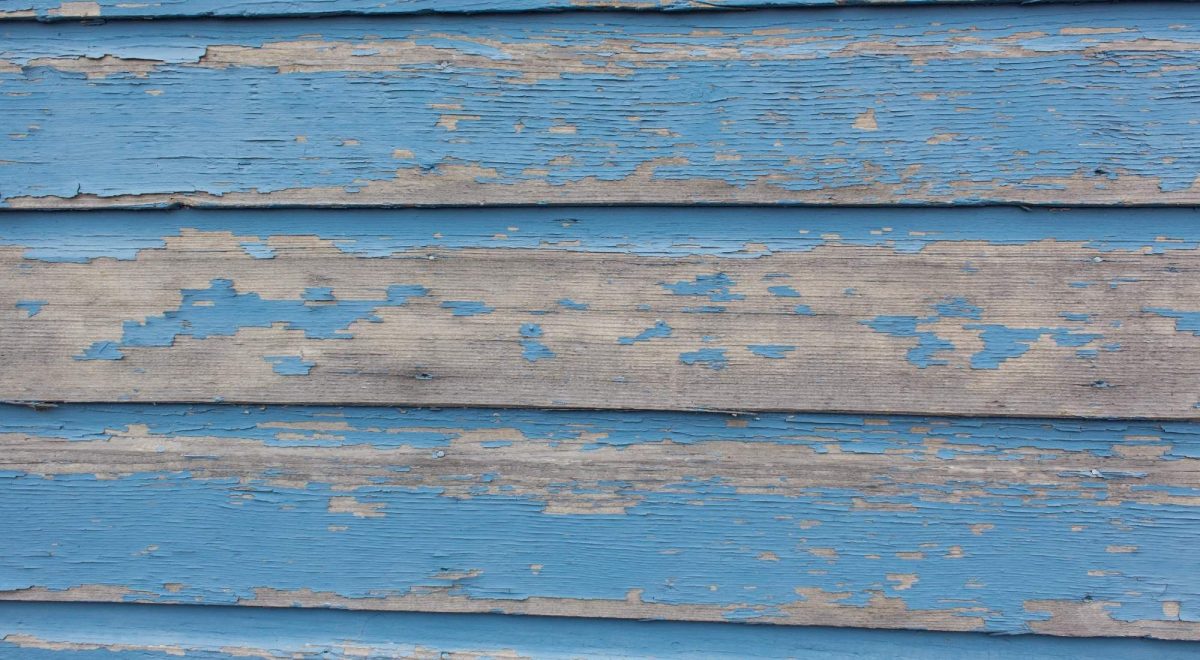
If you’ve got flaky, peeling paint on your siding, deck, or fence, it can be tempting to grab a power washer and blast it all away. But is this method effective? And more importantly — is it safe for the surface underneath?
Let’s dive into whether or not you can use a power washer to remove peeling paint, when it’s a good idea, what precautions to take, and how to do it without damaging your home. 🛠️💧
🎯 The Short Answer
Yes — a power washer can remove peeling paint, especially if the paint is already flaking or loose. But it requires the right technique, pressure, and equipment to avoid damaging the surface beneath.
Using too much pressure can gouge wood, crack siding, or erode mortar. Using too little pressure won’t be effective at all. So getting it just right is key. ⚖️
📋 When Is Power Washing a Good Option for Paint Removal?
Power washing is ideal for paint removal if:
✅ The paint is already peeling or bubbling
✅ You’re preparing the surface for repainting or refinishing
✅ The underlying material is durable (wood, brick, metal)
✅ The painted area is large and scraping would be time-consuming
✅ You plan to fully repaint, not just touch up
🚫 When You Shouldn’t Power Wash Paint
Avoid power washing paint if:
❌ The surface is delicate (old wood, stucco, fiberboard)
❌ The paint is lead-based (common in homes built before 1978)
❌ The paint is still mostly intact and not flaking
❌ You’re not planning to repaint — washing could make it look worse
If you’re unsure about lead paint, have it tested before disturbing it. Power washing lead-based paint can release toxic particles into the air and soil — a serious health hazard. ⚠️🧪
🔧 What Equipment Do You Need?
To remove paint effectively with a pressure washer, you’ll need:
- Gas-powered pressure washer (2,500–4,000 PSI)
- Turbo nozzle or 15° nozzle for more focused pressure
- Chemical paint remover (optional)
- Protective gear: goggles, gloves, long sleeves, and closed-toe shoes
- Drop cloths or plastic sheeting to protect plants and nearby surfaces
💡 Avoid using electric pressure washers for paint removal — they typically don’t have enough power.
Browse Amazon Here For Top Rated Power Washers And Accessories
💦 Step-by-Step Guide to Removing Peeling Paint with a Power Washer
1. Prepare the Area
- Remove furniture, decorations, and any loose items near the work zone
- Cover landscaping or surfaces you don’t want sprayed
- Ensure windows and doors are tightly closed to prevent water intrusion
- Sweep or brush off loose paint chips beforehand
2. Choose the Right Pressure Setting
- For wood or siding: Start around 2,500 PSI and adjust upward cautiously
- For concrete or metal: You can go higher — up to 4,000 PSI
- Hold the wand at a 45-degree angle to avoid gouging the surface
- Maintain a consistent distance of 8–12 inches from the surface
3. Test a Small Area First
Always begin with a small, hidden section to see how the surface reacts. This helps you avoid unexpected damage or poor results.
4. Start Washing
- Work in long, even strokes
- Follow the grain of wood or siding
- Overlap slightly to avoid striping
- Avoid blasting one spot too long to prevent etching or damage
🌊 Keep moving! Pausing in one place can leave marks or cause splintering.
5. Clean Up
- Let the area dry thoroughly (24–48 hours)
- Use a paint scraper or sander to smooth any remaining edges
- Dispose of old paint chips responsibly — especially if there’s a risk of lead
- Inspect the surface before priming or painting
🧠 Pro Tips for Best Results
- Use a paint softening solution beforehand to make removal easier
- A rotating turbo nozzle can increase cleaning efficiency
- Wear a mask to avoid inhaling paint particles
- Don’t try to remove 100% of the paint — just the loose, flaking parts. You’ll still need to sand and prep for repainting
- Let surfaces dry completely before applying primer or paint
🧱 What Surfaces Can You Safely Power Wash Paint From?
| Surface | Power Washing Safe? | Notes |
|---|---|---|
| Wood siding | ✅ Yes (with caution) | Use low angle, moderate PSI |
| Brick walls | ✅ Yes | Watch mortar joints, avoid excessive pressure |
| Concrete patios | ✅ Yes | Great for prep before staining or sealing |
| Metal fences | ✅ Yes | Rust-resistant paint may require chemicals |
| Stucco | ❌ No | Too delicate — use soft wash or scraping |
| Old siding | ⚠️ Be cautious | Can be damaged easily — test first |
⚠️ Common Mistakes to Avoid
- Using too much pressure and gouging wood
- Washing without checking for lead paint
- Not wearing protective gear
- Skipping surface prep (like scraping or sanding edges after wash)
- Painting too soon before the surface dries
🏁 Final Thoughts
So — can you use a power washer to remove peeling paint? Absolutely. When used correctly, it’s a fast, effective method for stripping flaking paint and prepping for a fresh coat.
But it’s not a magic eraser. You’ll still need to scrape, sand, and prime before painting. Think of power washing as your first — and perhaps most satisfying — step in the process. 🎨💥
Used carelessly, it can do more harm than good. But used wisely, it can make your repainting job easier, faster, and longer-lasting.
Browse Amazon Here For Top Rated Power Washers And Accessories






